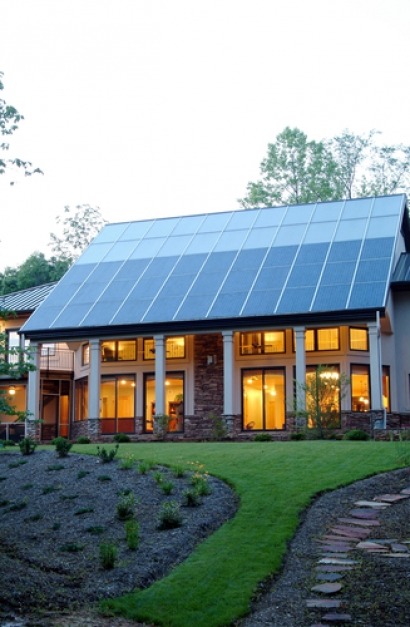
Meanwhile, less coal was used but more natural gas was consumed according to the most recent energy flow charts released by Lawrence Livermore National Laboratory.
Wind power saw the biggest jump from .92 quadrillion BTU, or quads, in 2010 up to 1.17 quads in 2011. (BTU or British Thermal Unit is a unit of measurement for energy and is equivalent to about 1.055 kilojoules).
“Wind energy jumped significantly because, as in previous years, many new wind farms came online,” said A.J. Simon, an LLNL energy systems analyst who develops the flow charts using data provided by the Department of Energy's Energy Information Administration. “This is the result of sustained investment in wind power.”
Hydroelectricity also saw an increase going from 2.51 quads in 2010 up to 3.17 quads in 2011.
Hydroelectricity jumped significantly in 2011 because 2011 saw large amounts of precipitation in the Western U.S. Hydroelectric dams were able to produce at their maximum levels while keeping reservoirs full. Similar levels of hydroelectric production were seen in 1997, 1998 and 1999 due to wet years.
Overall, U.S. energy use in 2011 equaled 97.3 quads compared to the 98 quads used in 2010. Most of the energy was tied to coal, natural gas and petroleum.
From 2010 to 2011, use of coal fell dramatically, use of oil (petroleum) fell slightly and use of natural gas increased slightly from 24.65 quads in 2010 to 24.9 quads in 2011.
“Sustained low natural gas prices have prompted a shift from coal to gas in the electricity generating sector,” Simon said. “Sustained high oil prices have likely driven the decline in oil use over the past 5 years as people choose to drive less and purchase automobiles that get more miles per gallon.”
The majority of energy use in 2011 was used for electricity generation (39.2 quads), followed by transportation, industrial, commercial and residential consumption. However, energy use in the residential, commercial and transportation sectors decreased while industrial energy use increased if only slightly.
“With the advent of shale gas, it appears that natural gas prices in the United States may remain lower than their historical averages for many years into the future," Simon said. "This has prompted many gas users in the industrial and electricity generating sector to switch from coal or oil to natural gas when it is technically possible, but might not have been economical at higher gas prices.”
Further information:

